
… as gold windfall, fiscal tightening and post-election stability bolster confidence
By Ebenezer Chike Adjei NJOKU (ebenezer.njoku@thebftonline.com)
The improving cedi is beginning to reshape the nation’s debt profile, as it is helping to reduce the foreign component of the country’s overall debt stock.
The local currency, which has rallied sharply – particularly over the last two weeks – after steep losses since the middle of 2022, is offering some respite to government… which is still navigating heavy debt service obligations and tight fiscal conditions.
Official data show that the gross public debt in dollar terms declined by US$3billion year-on-year in nominal terms to US$49.4billion in 2024. However, the cedi-denominated debt stock increased by GH¢116.7billion (a 19.1 percent increase year-on-year) to GH¢726.7billion by end-December 2024, reflecting the cedi depreciation effect.
Thus, while the net effect of permissible external borrowing in 2024, debt savings from Eurobond restructuring and the cedi’s correction late in the fourth quarter of 2024 resulted in a significant US$3billion reduction in the debt stock in dollar terms, the pronounced net depreciation recorded in the year eroded these gains – underpinning the 19.1 percent increase in cedi terms.
The cedi’s resurgence, after depreciating 19.2 percent against the US dollar in 2024 has been a central factor in this turnaround. Since the start of 2025, the currency has appreciated by 10.5 percent, strengthening from GH¢14.71 to the dollar in December 2024 to GH¢13.31 by end of the first week in May 2025. The gains have also been felt against the British pound and euro, with respective year-to-date appreciations of 5.9 percent and 5.8 percent.
Analysts attribute this unexpected rebound to a confluence of supportive conditions. Chief among them is a dramatic surge in gold prices which have risen from approximately US$2,000 per ounce in early 2024 to US$3,400 per ounce by May 2025, with Ghana benefitting as the sixth-largest gold producer in the world.
Gold exports rose to US$11.6billion in 2024, up from US$7.6billion in 2023 – helping to produce a trade surplus of US$4.98billion and easing pressure on the country’s external reserves. Additionally, the country is incrementally increasing its share of gold receipts from the gold for reserves programme, which has metamorphosed into the Ghana Gold Board (GOLDBOD); which, together with the gold rally, has supported reserve build-up.
Kwadwo Acheampong, a financial analyst, said the steady build-up of reserves is “definitely a good omen for the economy”.
According to him, “The more and faster we build up, the better; because it could get to a certain point in time when we will have built up enough and whatever externalities happen… we should be okay”.
He noted that if reserves were significantly higher – say US$200billion instead of US$5billion – external shocks would have a much smaller impact on economic stability.
At the institutional level, the Bank of Ghana (BoG) and newly mandated Gold Board (GOLDBOD) have stepped up gold purchases, particularly from small-scale miners. BoG gold holdings expanded from just under nine tonnes in May 2023 to more than 31 tonnes by April 2025. This accumulation helped drive the BoG’s gross international reserves up from US$6.2billion in February 2024 to US$9.4billion a year later, bolstering its capacity to supply foreign exchange into the market.
Mr. Acheampong also sees strategic opportunities in linking gold reserves to alternative trade mechanisms: “If gold purchase goes up, then it strengthens our ability to engage in barter – gold for oil or gold for something else. So instead of doing things that will increase our exposure to hard currency fluctuations, we are using what we have – our intrinsic strength – to guard against them”.
He suggested that such arrangements could be extended beyond oil to include machinery and equipment, reducing the country’s reliance on hard currency.
Policy intervention has also been key. After actively intervening in the foreign exchange (FX) market in late 2024 to pull the cedi from GH¢16.4 to GH¢14.7 per dollar, BoG transitioned to providing forex on the spot market in 2025.
This shift away from its reliance on forward auctions, analysts say, has eased concerns among businesses about the availability of foreign currency and supported stability in the FX market. At the same time, the central bank raised its policy rate from 27 percent to 28 percent in March 2025 – tightening liquidity conditions and improving the appeal of cedi-denominated assets to investors.
Combined with fiscal policy signals, including a hold on GH¢69billion in arrears payments pending audit and a steep drop in Treasury bill rates – from 28-plus percent to around 15 percent for the 91-day bill – the policy mix has underpinned a rising confidence in the short-term macroeconomic outlook.
Mr. Acheampong however cautioned that the gold reserve strategy’s success also depends on effective regulation. “Take a look at the programme. See if regulation in a certain way is required, not only to ensure that we keep on increasing but also to safeguard against things that could serve as a risk… like galamsey, where the gold is not being sold through government avenues.” He added that the GOLDBOD must ensure transparency and account for all gold mined in the country to sustain the strategy’s long-term benefits.
This optimism is reflected in the BoG’s Business Confidence Index, which reached 99.7 in February 2025 – its highest level since December 2020. Political stability following the December 2024 election in which President Mahama secured a decisive mandate and his main rival, Dr. Bawumia, conceded swiftly, has further strengthened investor sentiment.
Still, significant risks remain. While the cedi’s appreciation has helped moderate the foreign component of the debt stock – with latest official estimates at GH¢416.8billion (US$28.3billion) or 57.4 percent of the total – Ghana’s debt servicing profile is heavily front-loaded.
Between 2025 and 2028, government is expected to pay GH¢150.3billion in domestic debt service obligations alone, equivalent to 11.6 percent of GDP. Over 73 percent of this amount is due in just two years: 2027 (GH¢57.6billion) and 2028 (GH¢52.5billion).
Government’s external debt service burden is similarly concentrated. It is scheduled to make US$8.7billion in payments between 2025 and 2028, with 55 percent falling due in 2027 and 2028. These payments come when the country’s financing options are still constrained, limited largely to short-term Treasury instruments following the domestic debt exchange.
Weekly rollovers of maturing Treasury bills continue to place considerable strain on cash flow, while COCOBOD’s debt obligations add further fiscal pressure. As of 2024, COCOBOD’s outstanding debt stood at GH¢32.5billion, with GH¢9.7billion due for payment by end of September 2025. In addition, cocoa road contracts amounting to GH¢21billion have only been partially accounted for in its financial statements.
In response to these pressures, government has made strides in restructuring its debt. As of early 2025, approximately 93 percent of the programme is complete. This includes the exchange of US$20.3billion in domestic notes and bonds, US$13.1billion in outstanding Eurobonds and US$5.1billion in bilateral official debt.
The Eurobond restructuring resulted in a 37 percent nominal haircut (US$5billion), service relief of US$4.3billion during the IMF programme window (2023–2026) and a reduction in coupon rates from an average 8 percent to 4 percent. Initial repayments under the new Eurobond terms – US$501million in October 2024 and US$349.5million in January 2025 – have been made on schedule.
Bilateral agreements are also progressing, with the nation signing an MoU with the Official Creditor Committee in January 2025 to restructure US$5.1billion of official debt. Discussions with commercial creditors – including Chinese lenders and private institutions owed approximately US$2.7billion – are ongoing.
The IMF has signalled its endorsement of these efforts, reaching a staff-level agreement with Ghana on the fourth review of its three-year programme. A disbursement of US$370million is expected following board approval, which would further strengthen Ghana’s external balance.
The post Cedi rally cutting foreign debt load appeared first on The Business & Financial Times.
Read Full Story
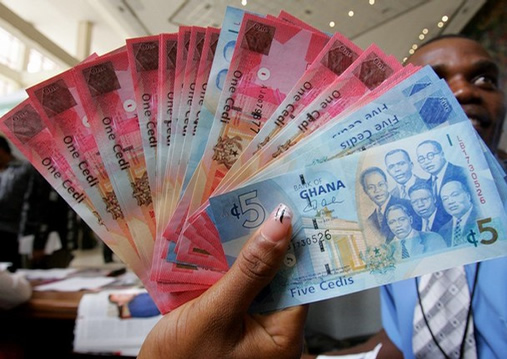

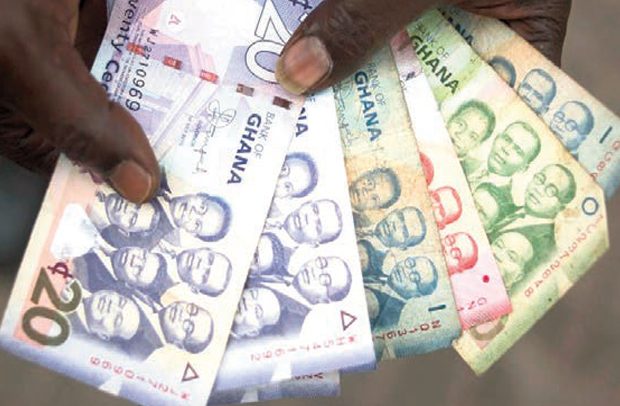
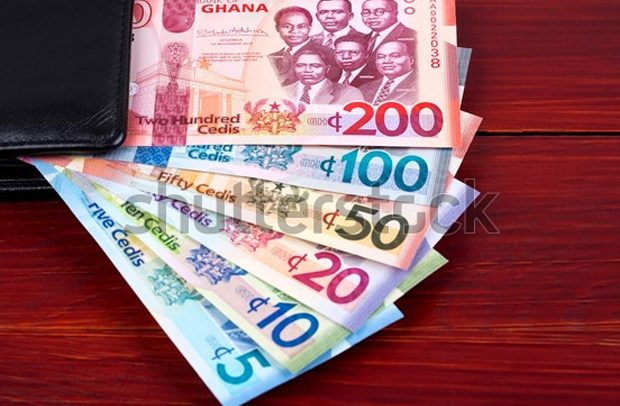

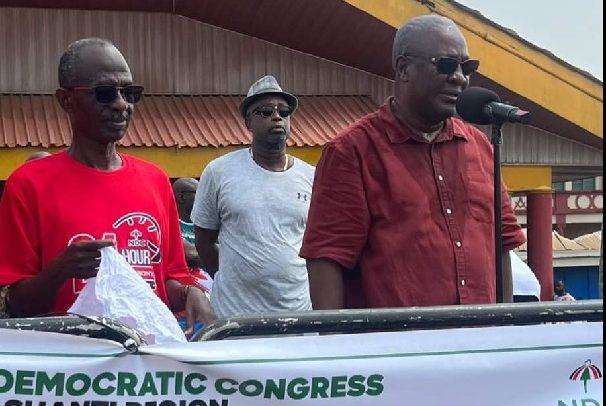





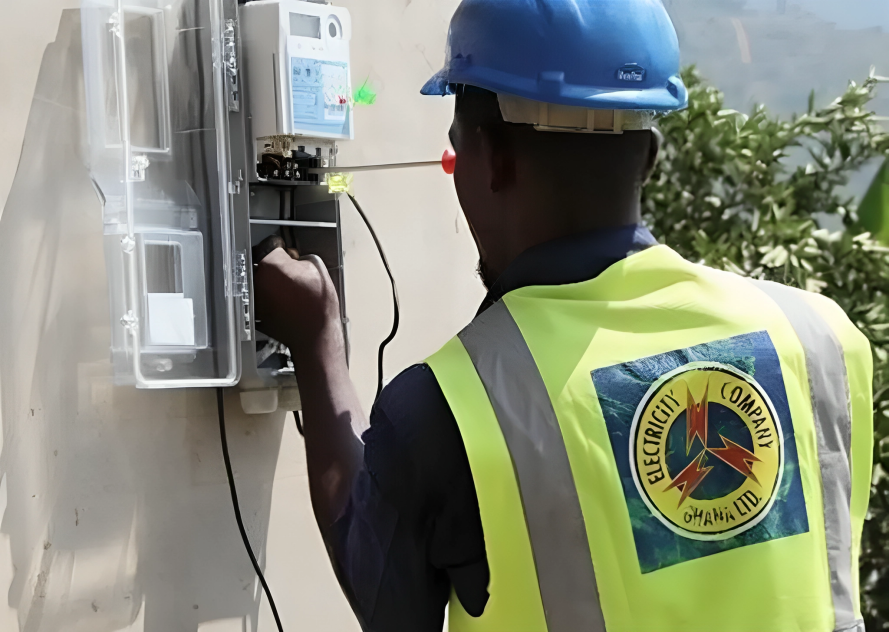


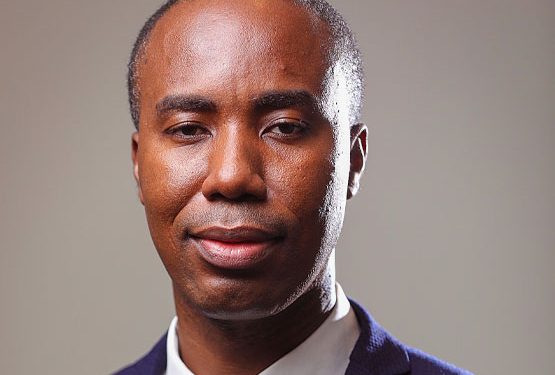


Facebook
Twitter
Pinterest
Instagram
Google+
YouTube
LinkedIn
RSS